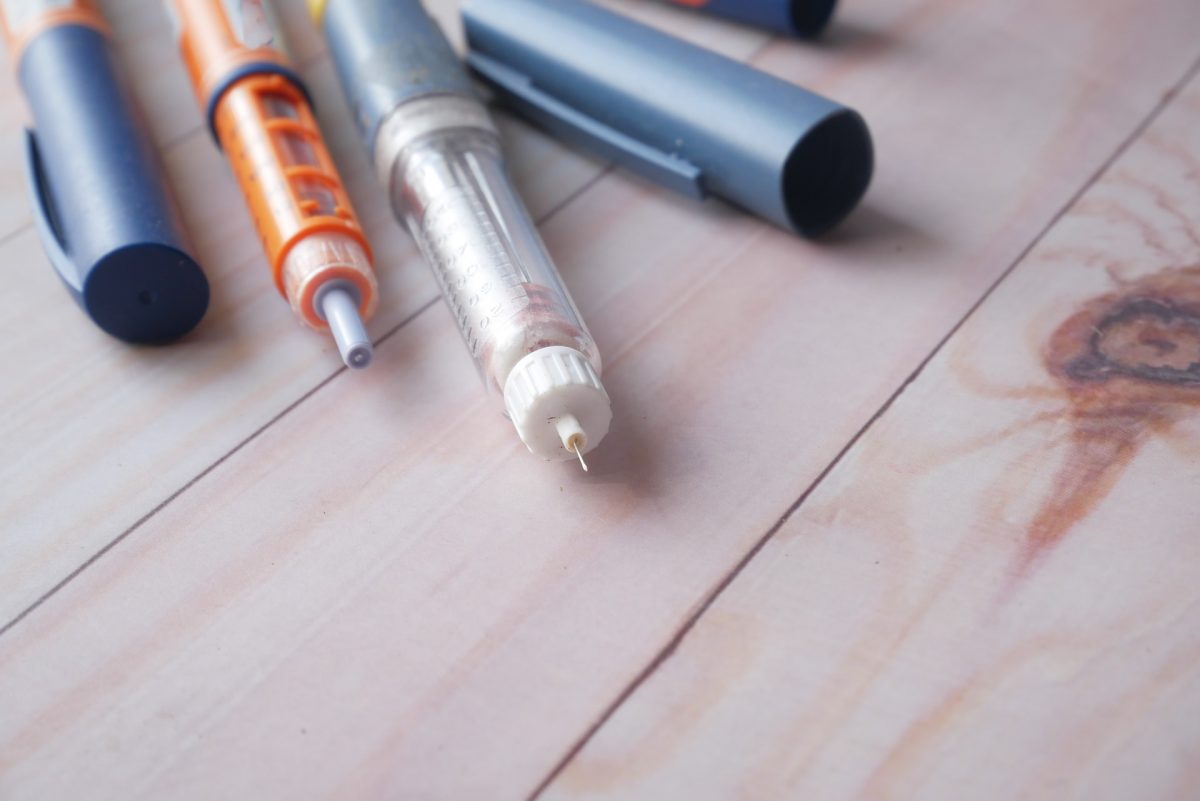Diabetes is a disease characterized by a lack of insulin, a hormone produced by the pancreas. When people with this condition eat, their bodies are unable to process the glucose in food which then builds up in their blood. This can lead to serious health problems including blindness and nerve damage if not managed properly. Insulin may also be injected into the person to help their bodies process the glucose.
However, as the insulin does not last forever in the body, people with diabetes must keep track of when they inject themselves and monitor their blood sugar levels carefully to avoid over-or under-injecting insulin to control their condition. There are many ways of testing blood sugar levels at home, including manual tests that are performed using a small device, or more accurate automatic devices. This article will discuss different ways people with diabetes can keep their blood glucose under control.
Testing blood sugar levels
As mentioned previously, there are multiple ways of testing blood sugar levels at home. Many different devices exist that can be used to do this, with the most important aspect being accuracy. They work by pricking a small finger or toe and looking at drops of blood. A somewhat more cumbersome method is using test strips for glucose monitors, which require an entire strip of paper to be dipped in blood before results can be read. The most accurate type of device available now is the continuous glucose monitor (CGM), and therefore is considered the best glucose meter on the market. This device tracks the amount of insulin in the body and how it affects blood sugar levels while also monitoring trends and alerting people when their numbers get too high or too low. What’s most important – It gives results in real-time.
Monitoring symptoms
Aside from checking blood sugars regularly, people with diabetes need to know what their bodies are telling them and be conscious of any symptoms. Symptoms such as excessive thirst, dry mouth, frequent urination, and unusual weight loss may indicate elevated blood sugars. If these symptoms occur, it is important to test glucose immediately and adjust insulin dosage if necessary. Also, if a person is experiencing symptoms such as nausea, vomiting, and abdominal pain after meals, this could be a sign of hypoglycemia. If this happens, it is important to test for low blood sugar and treat accordingly.
Eating a balanced diet
People with diabetes should have a well-rounded diet that includes fruits and vegetables as well as healthy proteins like seafood and lean meats (when eaten in moderation). However, it is also important to avoid hard candies or other sugary snacks that can lead to high levels of glucose. People who follow this advice may notice that it is harder to control their numbers at first, but eventually better results can be expected if they stick with it. People should take the time to figure out the right balance for themselves and their needs and meet regularly with a doctor/nutritionist for help making these decisions.
Correctly injecting insulin
Injecting insulin correctly can be difficult for people with diabetes at first, but practice makes perfect. When injecting insulin, users should rotate injection sites regularly to avoid irritation or infection by alternating between abdomen, thighs, and arms (although the same area should not be injected every day). It is also helpful to use a clean needle, as dirty ones can sometimes cause infections and blockage of blood vessels which make matters worse rather than better. People who do not need insulin injections often don’t understand how complicated it can be, but with good communication between doctor and patient, there is usually a way to find the most effective treatment.
Exercising regularly
Exercise is important for everyone but it is even more important for people with diabetes because of the increased risk of heart disease and stroke. It leads to weight loss which in turn leads to better numbers in blood sugar tests because less insulin is needed when there is less glucose in the blood. People should talk about exercise plans with their doctors before starting, but after that, they should stay active as much as possible every day. Exercise helps control glucose levels naturally without needing additional medication so it should be an integral part of diabetes care.
Mixing insulin with other medicines
People with diabetes who need insulin treatment should ideally have it at the same time every day to avoid shakey levels in their bodies. If they do not take it at the same time each day, problems can arise such as not having enough insulin in one’s system (causing high glucose) or too much insulin (which could cause hypoglycemia). Therefore, people with diabetes should try their best to keep track of their medication times and make sure that they inject themselves accordingly. They may also want to talk with their doctor about mixing their insulin with other medicines to promote better blood sugar control.
People with diabetes should do their best to keep their blood glucose levels under control because it can lead to fatal complications if left unchecked. They should be conscious of the symptoms that indicate high or low blood sugar and always take insulin at the correct times. By following everything mentioned above, even with diabetes, people can lead normal and healthy lives free from related complications.

